Taeyoung Lee Melvin Leok - Global formulations of Lagrangian and Hamiltonian dynamics on manifolds: a geometric approach to modeling and analysis
Here you can read online Taeyoung Lee Melvin Leok - Global formulations of Lagrangian and Hamiltonian dynamics on manifolds: a geometric approach to modeling and analysis full text of the book (entire story) in english for free. Download pdf and epub, get meaning, cover and reviews about this ebook. City: Cham, year: 2018, publisher: Springer International Publishing, Cham, genre: Home and family. Description of the work, (preface) as well as reviews are available. Best literature library LitArk.com created for fans of good reading and offers a wide selection of genres:
Romance novel
Science fiction
Adventure
Detective
Science
History
Home and family
Prose
Art
Politics
Computer
Non-fiction
Religion
Business
Children
Humor
Choose a favorite category and find really read worthwhile books. Enjoy immersion in the world of imagination, feel the emotions of the characters or learn something new for yourself, make an fascinating discovery.
- Book:Global formulations of Lagrangian and Hamiltonian dynamics on manifolds: a geometric approach to modeling and analysis
- Author:
- Publisher:Springer International Publishing, Cham
- Genre:
- Year:2018
- City:Cham
- Rating:4 / 5
- Favourites:Add to favourites
- Your mark:
Global formulations of Lagrangian and Hamiltonian dynamics on manifolds: a geometric approach to modeling and analysis: summary, description and annotation
We offer to read an annotation, description, summary or preface (depends on what the author of the book "Global formulations of Lagrangian and Hamiltonian dynamics on manifolds: a geometric approach to modeling and analysis" wrote himself). If you haven't found the necessary information about the book — write in the comments, we will try to find it.
Taeyoung Lee Melvin Leok: author's other books
Who wrote Global formulations of Lagrangian and Hamiltonian dynamics on manifolds: a geometric approach to modeling and analysis? Find out the surname, the name of the author of the book and a list of all author's works by series.

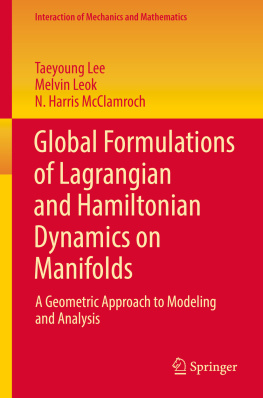


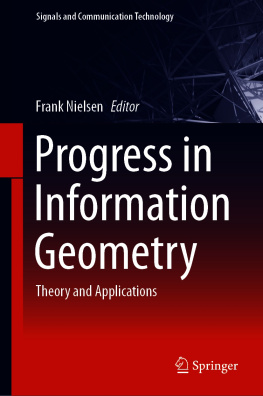
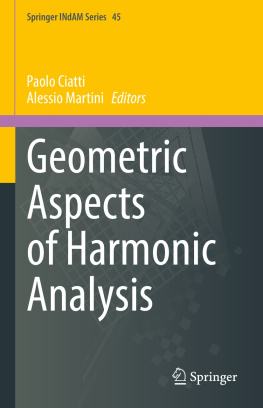
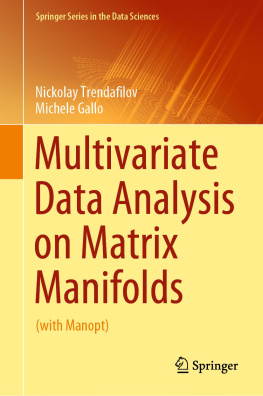
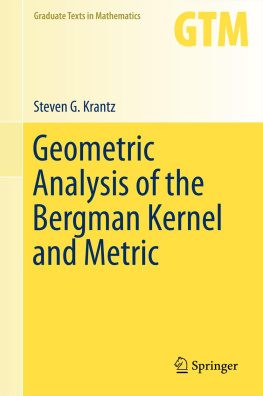

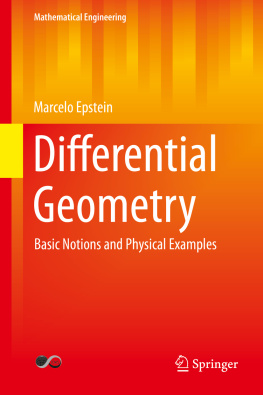
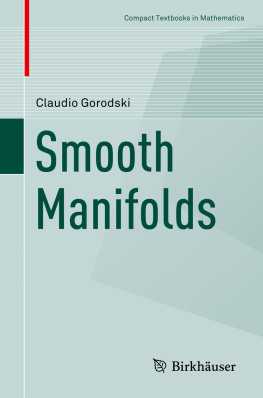
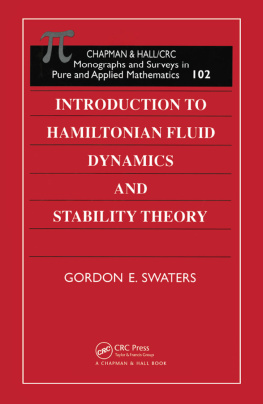
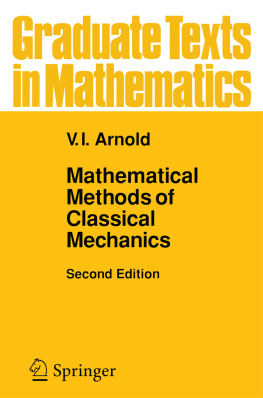
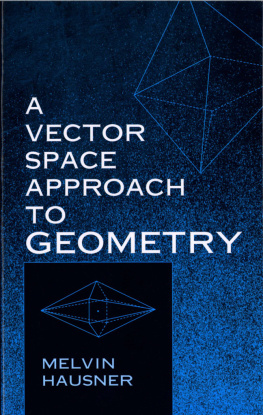
 . But there are important situations where the variables that describe the dynamics do not lie in a vector space but rather lie in a set with a different mathematical structure, in particular a manifold structure. In this case, the solution flow of the differential equations that describe the dynamics of the system must evolve on this manifold.
. But there are important situations where the variables that describe the dynamics do not lie in a vector space but rather lie in a set with a different mathematical structure, in particular a manifold structure. In this case, the solution flow of the differential equations that describe the dynamics of the system must evolve on this manifold. denotes the set of all ordered n -tuples of real numbers, with the usual definition of vector addition and scalar multiplication. Thus,
denotes the set of all ordered n -tuples of real numbers, with the usual definition of vector addition and scalar multiplication. Thus,  is a real vector space. Also,
is a real vector space. Also,  denotes the set of all n m real matrices consisting of n rows and m columns. With the usual definition of matrix addition and scalar multiplication of a matrix,
denotes the set of all n m real matrices consisting of n rows and m columns. With the usual definition of matrix addition and scalar multiplication of a matrix,  is a real vector space. Unless indicated otherwise, we view an n -tuple of real numbers as a column vector and we view a matrix as an array of real numbers.
is a real vector space. Unless indicated otherwise, we view an n -tuple of real numbers as a column vector and we view a matrix as an array of real numbers. to the vector space
to the vector space  ; such a linear transformation can be represented by a real matrix in
; such a linear transformation can be represented by a real matrix in  . Linear transformations from a vector space to the vector space
. Linear transformations from a vector space to the vector space  are referred to as linear functionals .
are referred to as linear functionals . is the real number
is the real number 
 is the nonnegative real number
is the nonnegative real number 
 that satisfy x y = 0 are said to be orthogonal or normal. If
that satisfy x y = 0 are said to be orthogonal or normal. If  is nonzero, then the set of vectors that are orthogonal to y is referred to as the orthogonal complement of y ; the orthogonal complement is an ( n 1)-dimensional subspace of
is nonzero, then the set of vectors that are orthogonal to y is referred to as the orthogonal complement of y ; the orthogonal complement is an ( n 1)-dimensional subspace of  .
. is nonzero, then a vector
is nonzero, then a vector  can be uniquely decomposed into the linear combination of a vector in the direction of
can be uniquely decomposed into the linear combination of a vector in the direction of  and a vector orthogonal to
and a vector orthogonal to  ; this is given by the expression
; this is given by the expression 
 in the direction of
in the direction of  , referred to as the orthogonal projection of x onto y . The second term on the right is the component of
, referred to as the orthogonal projection of x onto y . The second term on the right is the component of  orthogonal to
orthogonal to 